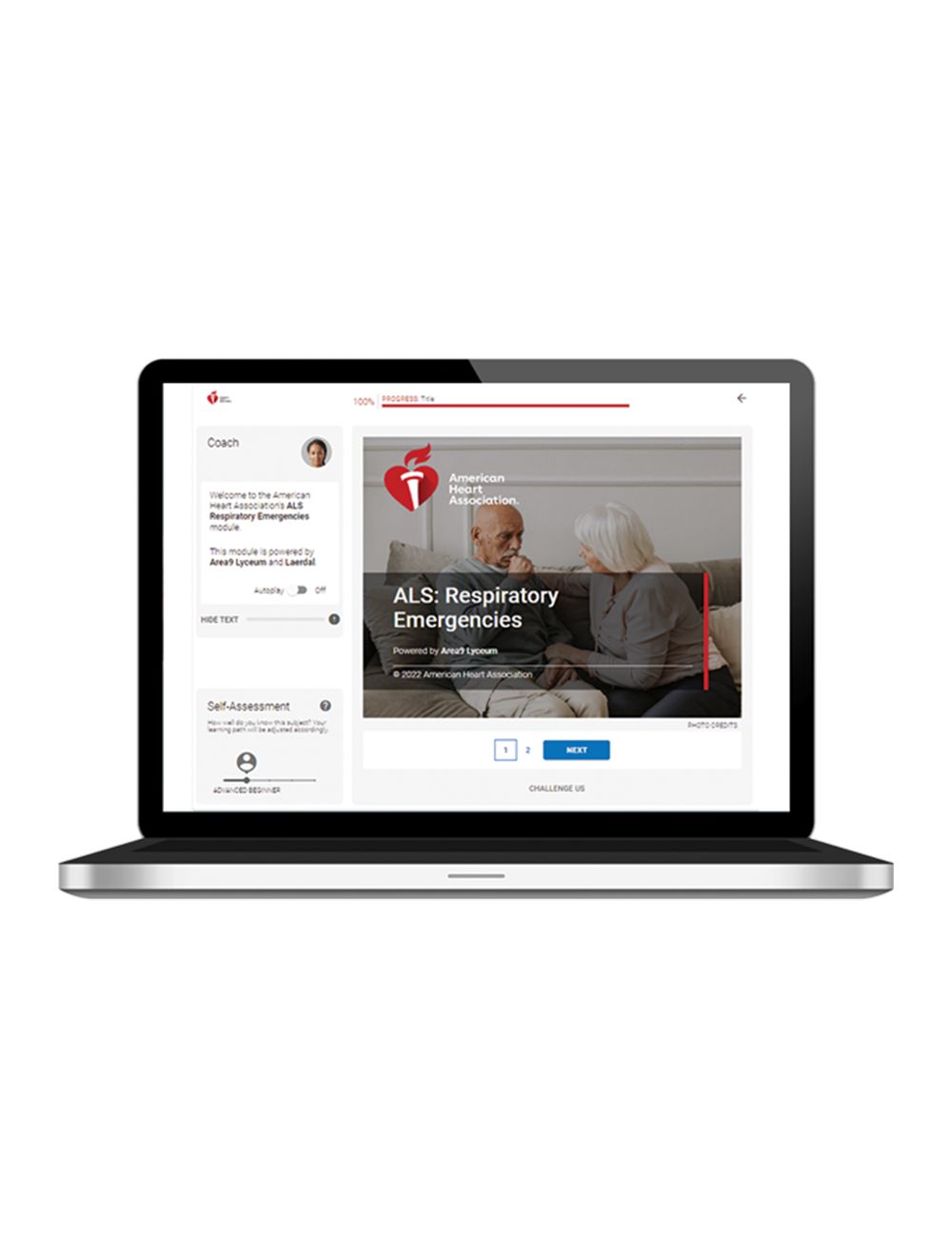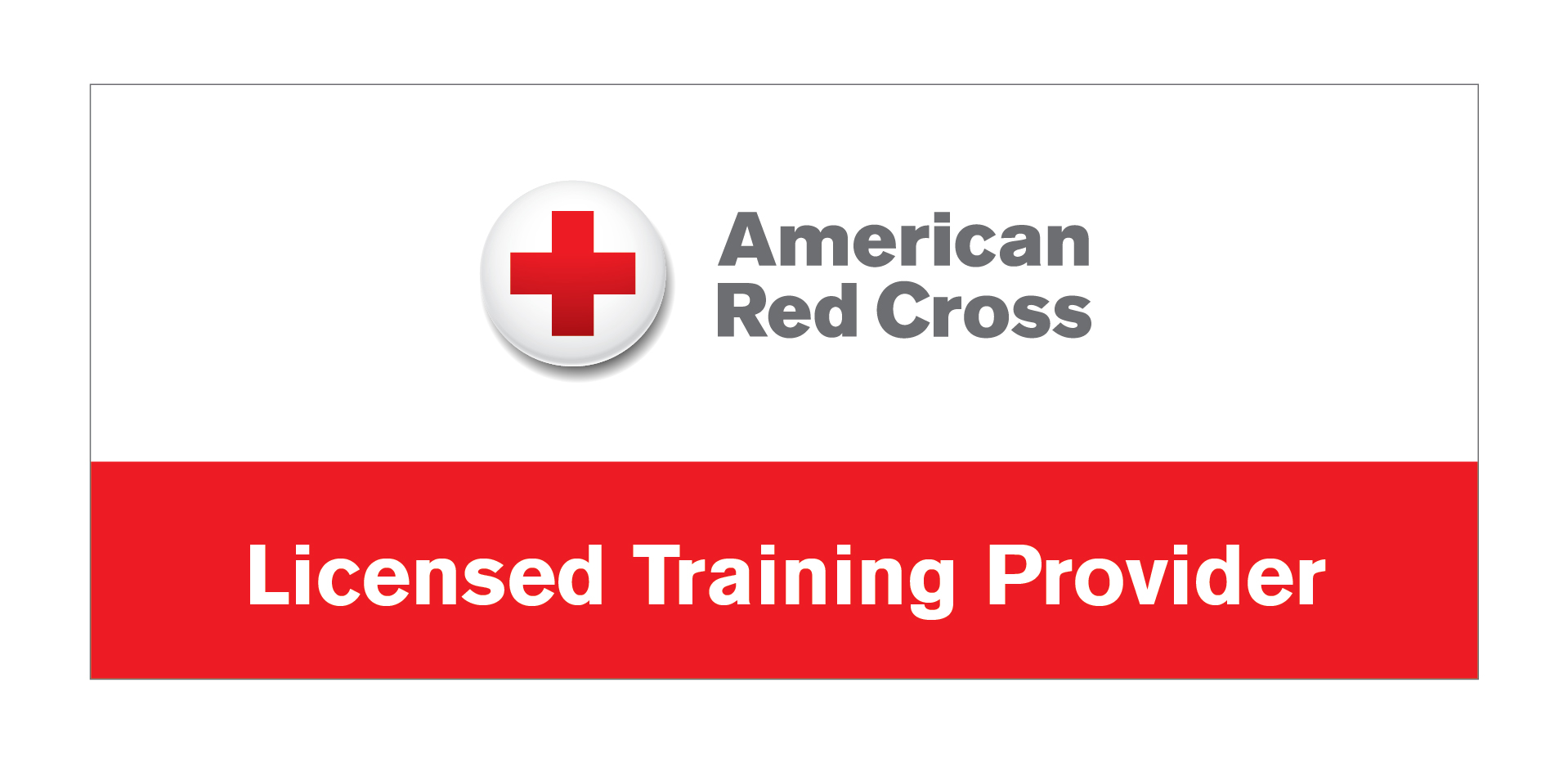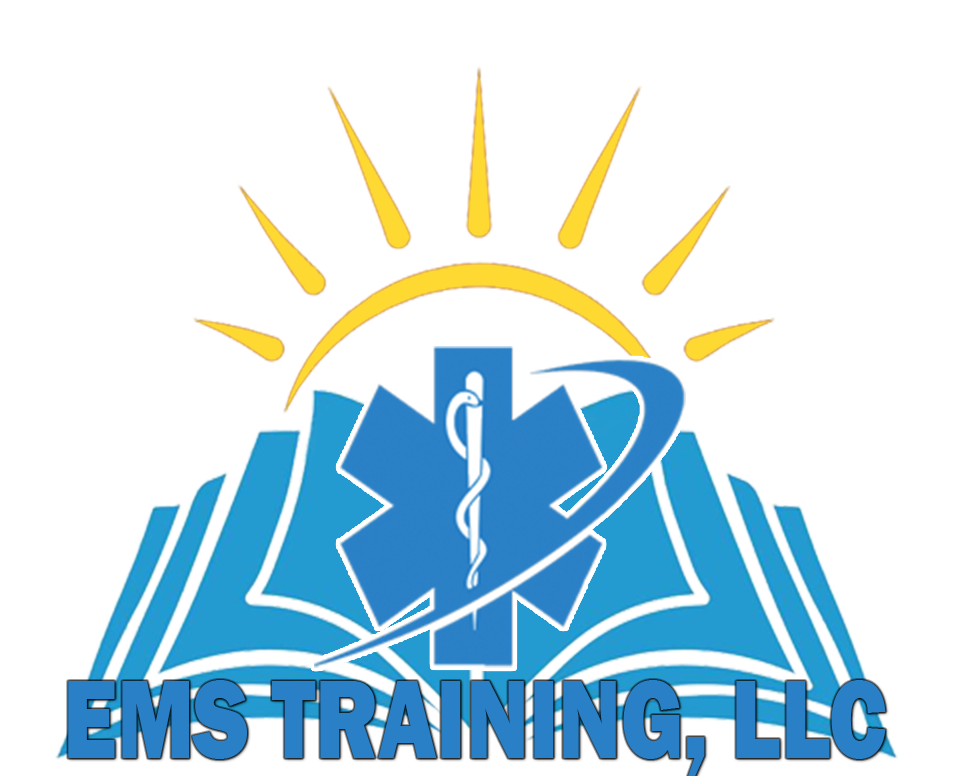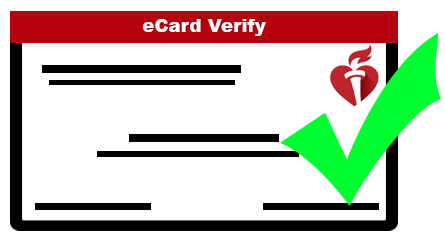
The ALS: Respiratory Emergencies Module covers several of the most common respiratory emergencies including severe asthma, cardiogenic pulmonary edema, anaphylaxis, peri-intubation arrest, pulmonary embolism, and noncardiogenic pulmonary edema. It educates students on the identification of signs and symptoms, descriptions of treatments, potential complications, and considerations. The goal of this module is how to treat these respiratory emergencies before they lead to cardiac arrest.
Course Learning Objectives:
After successfully completing this course, students should be able to:
- Recognize and explain treatment for severe asthma
- Recognize and explain treatment for cardiogenic pulmonary edema
- Recognize and explain treatment for anaphylaxis
- Recognize and explain treatment for peri-intubation arrest
- Recognize and explain treatment for pulmonary hypertension due to pulmonary embolism
- Recognize and explain treatment for noncardiogenic pulmonary edema due to narcotics overdose
- Recognize and explain treatment for pneumonia with ARDS
- Recognize and explain treatment for Novel Influenza
Product Specifications:
- Features engaging, True Adaptive™ learning
- Responsive design ensures compatibility on mobile devices and tablets
- Students can select their level of competence as they begin the course and can change their selection at any time during the course
- All curriculum is web-accessible through inclusive design (WCAG 2.1 AA)
- Ease of use for more students – works on all common browsers (no more Flash)
Technical Specifications:
Compatible Devices/Operating System:
- Web Browsers: Latest versions of Chrome, Firefox, Edge, Safari
- Operating Systems and Computing Hardware: Win8+ with 4GB+ RAM, MacOS 10.13+ with 4GB+ RAM, Android 8+ with 2GB+ RAM, iOS 11+ with 2GB+ RAM
- Internet Connection: Broadband – Fiber, wireless, DSL, cable modem
- While the system will run in smaller screen sizes, these are the recommended minimum sizes for the best experience: 4" (mobile) or higher
Access codes will be emailed within 24 hours when orders are placed between 7:30am–5:30pm Central Time Monday–Friday. If order is placed on Friday after 5pm Central Time, code will be emailed Monday morning.
For FAQs, technical specifications, and more information on digital products, please see our AHA Information page.
This version is not compliant with the data privacy regulations under the (EU) European Union and should not be purchased for use in: Austria, Belgium, Bulgaria, Croatia, Cyprus, Czechia (Czech Republic), Denmark, Estonia, Finland, France, Germany, Greece, Hungary, Iceland, Ireland, Italy, Latvia, Liechtenstein, Lithuania, Luxembourg, Malta, Netherlands, Norway, Poland, Portugal, Romania, Slovakia, Slovenia, Spain, Sweden, Switzerland, United Kingdom, Vatican City
ISBN: 978-1-68472-176-4
Course Intended Audience:
This self-directed module is designed for advanced healthcare providers who are seeking additional content beyond ACLS and Continuing Education (CE) credit.
The intended audiences for ALS: Respiratory Emergencies are ED Physicians, CC Physicians, NPs/APNs, Hospitalists, PAs, ED/CC Nurses, and Paramedics.
Continuing Education (CE) Information:
In support of improving patient care, this activity has been planned and implemented by The American Heart Association. The American Heart Association is jointly accredited by the Accreditation Council for Continuing Medical Education (ACCME), the Accreditation Council for Pharmacy Education (ACPE), and the American Nurses Credentialing Center (ANCC), to provide continuing education for the healthcare team.
AMA Credit Designation Statement - Physicians
The American Heart Association designates this activity for a maximum of 0.75 AMA PRA Category 1 Credits™. Physicians should claim only the credit commensurate with the extent of their participation in the activity.
AAPA Credit Acceptance Statement – Physician Assistants
AAPA accepts certificates of participation for educational activities certified for AMA PRA Category 1 Credit™ from organizations accredited by ACCME or a recognized state medical society. Physician assistants may receive a maximum of 0.75 hours of Category I credit for completing this program.
AANP Credit Acceptance Statement – Nurse Practitioners
American Academy of Nurse Practitioners (AANP) accepts AMA PRA Category 1 Credit™ from organizations accredited by the ACCME.
ANCC Credit Designation Statement - Nurses
The maximum number of hours awarded for this CE activity is 0.75 contact hours.
Continuing Education Accreditation – Emergency Medical Services
This continuing education activity is approved by the American Heart Association, an organization accredited by the Commission on Accreditation of Pre-Hospital Continuing Education (CAPCE), for 0.75 Advanced CEHs, activity number 22-AMHA-F3-0056.
 917-325-2017
917-325-2017 718-506-5596
718-506-5596 718-506-5596
718-506-5596.png)




 347-719-CPR1 (2771)
347-719-CPR1 (2771)





.png)